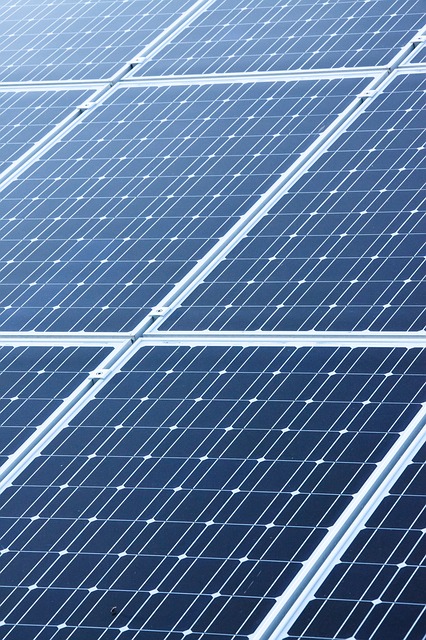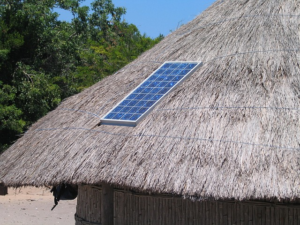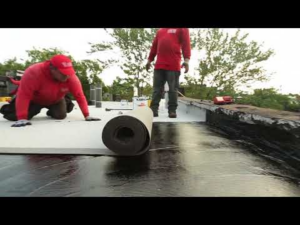
- November 01, 2021
- Moxa Technologies Inc
- News
Summary
Photon system increased solar power generated by 10%, while reducing cost of labor by 20-30%.
Moxa Teams Up with Artificial Intelligence Provider to Improve Solar Energy Plant Efficiency and Reduce Labor
Nov. 1, 2021 – Taiwan has set an ambitious goal for its energy policy that by 2025, 20% of power generated will be from renewable resources. To meet this objective, solar energy is targeted to supply 20GW of power annually which is fifteen times more than the 1.3 GW it currently produces.
Between 1.3GW and 20GW are many obstacles for Taiwan’s solar industry. Moxa and thingnario, an industrial IoT intelligent platform provider in Taiwan, are helping overcome these obstacles by combining their joint resources to develop the first intelligent solar energy monitoring system, dubbed “Photon”. This solution brings together industrial-grade network devices with artificial intelligence (AI) to improve solar power efficiency in challenging outdoor environments, and to reduce labor costs.
Photon addresses the reality that many solar plants lack effective operation and maintenance (O&M) programs, one of the most critical ways to ensure that the solar power system realizes the highest possible generation. An O&M program maintains the plant infrastructure and equipment with the goal of improving the equipment’s life by preventing excess depreciation and impairment. When power generation is interrupted, solar plants have to spend significant amounts of money to dispatch personnel to fix equipment.
Overcoming O&M bottlenecks
To develop the Photon solution, the owners of one of Taiwan’s largest solar plants shared with Moxa and thingnario the complex operations that take place when generating solar energy across the island’s 13,800 square miles for its 23 million citizens. They explained that each photovoltaic power station transmits between 20,000 and 50,000 pieces of field data per minute. This is far too much data for a traditional operating system to manage, creating a serious problem for O&M programs. In addition, a standard maintenance system is hardware-based and relies heavily on the capability of the inverter. Working under these circumstances, solar plants did not have a holistic view of operational status through a single platform.
Determining whether generated power was being lost is also a challenge for solar plants. Plus, when losses do occur, it is time-consuming to troubleshoot an entire system to pinpoint the root cause. Maintenance personnel had to be dispatched, a problem that was magnified when there were a large number of sites. As personnel resources are normally limited, it often results in delays in identifying and rectifying the problem. Even the smallest of things can cause power losses. For example, twenty percent of a site’s power can be lost due to bird droppings covering the panels. Maintenance personnel may have to travel to far off remote areas where solar panels …….






